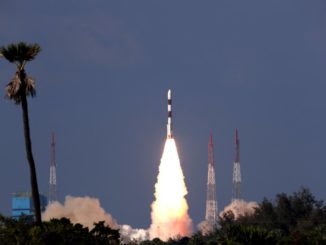SpaceX’s Falcon 9 rocket is set for liftoff from Cape Canaveral on Monday, heading due east over the Atlantic Ocean to deliver the Telstar 19 VANTAGE communications satellite into orbit around 32 minutes later.
The 229-foot-tall (70-meter) rocket is poised for launch from pad 40 at Cape Canaveral Air Force Station in Florida at 12:50 a.m. EDT (0450 GMT) Sunday at the opening of a four-hour launch window.
Perched atop the rocket is the Telstar 19 VANTAGE communications satellite, a spacecraft manufactured by SSL — formerly known as Space Systems/Loral — and owned by Ottawa-based Telesat.
Telstar 19 VANTAGE weighs 15,597 pounds (7,075 kilograms) with its propellant tanks fully loaded, making it the heaviest commercial communications satellite ever launched.
The U.S.-built, Canadian-owned satellite will beam Ka-band and Ku-band broadband services over the Americas from northern Canada to South America, with a additional coverage providing in-flight WiFi to airliners traveling the North Atlantic Ocean. Telstar 19 VANTAGE is designed for a 15-year mission, and it’s the first of two SSL-built, Telesat-owned spacecraft launching on SpaceX Falcon 9 rockets this summer.
After deployment from the upper stage of the Falcon 9 rocket in an elliptical transfer orbit, Telstar 19 VANTAGE will use its on-board hydrazine-fueled engine to boost itself into a circular geostationary orbit more than 22,000 miles (nearly 36,000 kilometers) over the equator.
The Falcon 9 rocket launching Telstar 19 VANTAGE will fly in the upgraded “Block 5” configuration. It will be the second Falcon 9 Block 5 launch after the new rocket version debuted in May.
The timeline below outlines the launch sequence for the Falcon 9 flight with Telstar 19 VANTAGE.
Data source: SpaceX
Data source: SpaceX
T-0:00:00: Liftoff
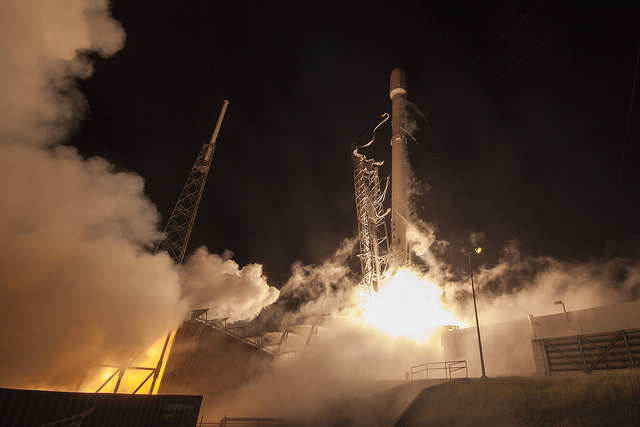
T+0:01:06: Mach 1
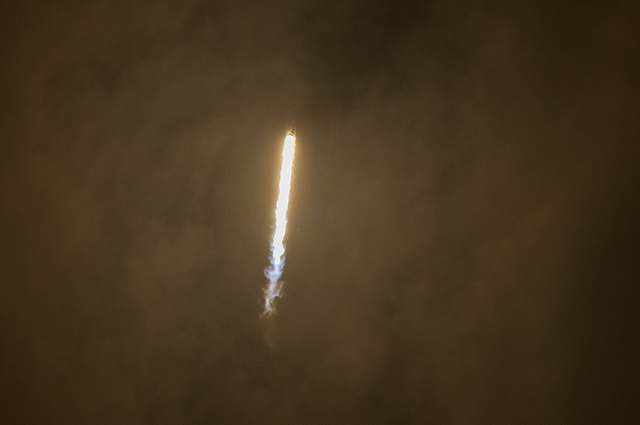
T+0:01:12: Max Q
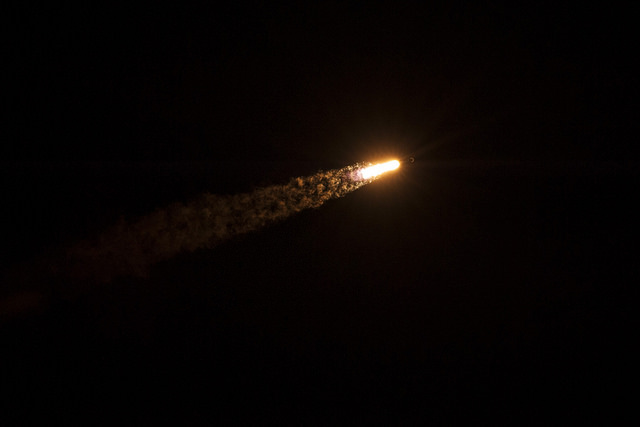
T+0:02:30: MECO
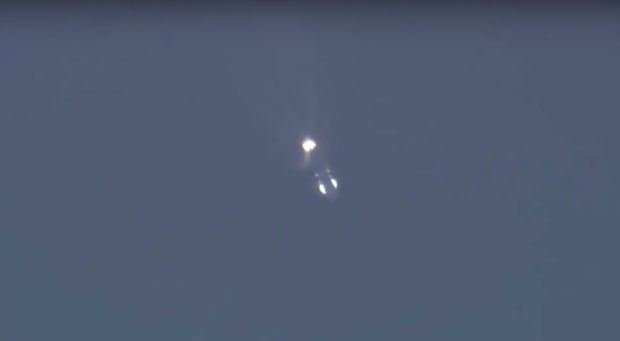
T+0:02:33: Stage 1 Separation
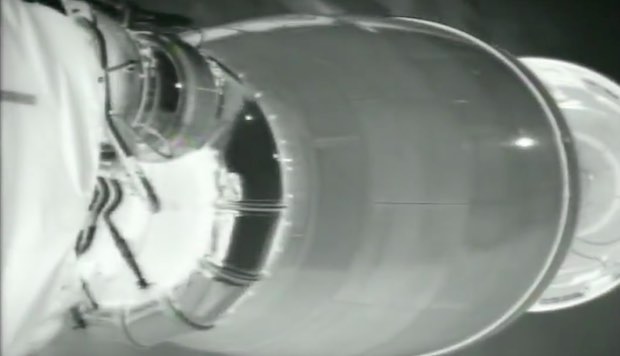
T+0:02:34: First Ignition of Second Stage
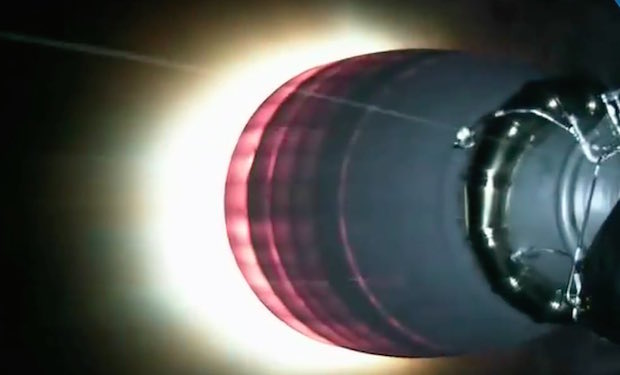
T+0:03:40: Fairing Jettison
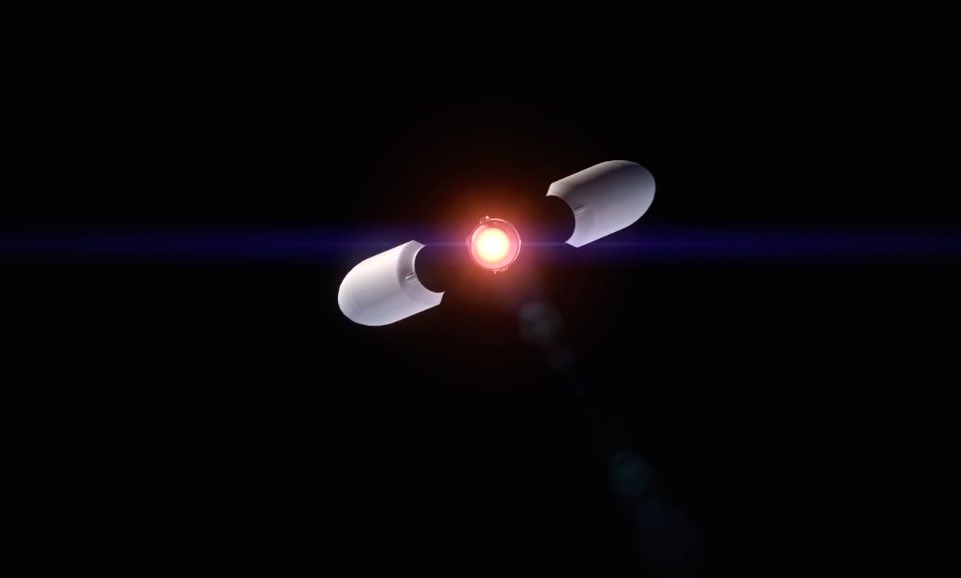
T+0:06:12: Stage 1 Entry Burn

T+0:08:12: SECO 1
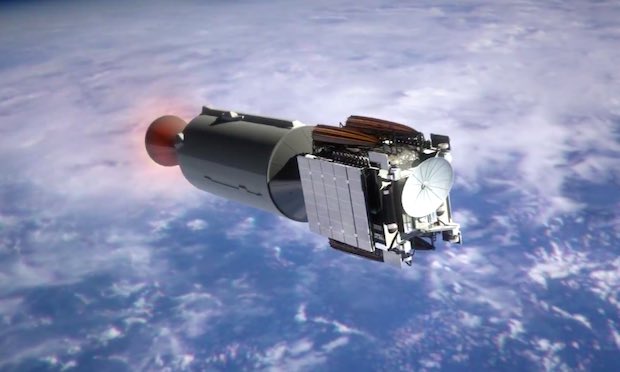
T+0:08:29: Stage 1 Landing
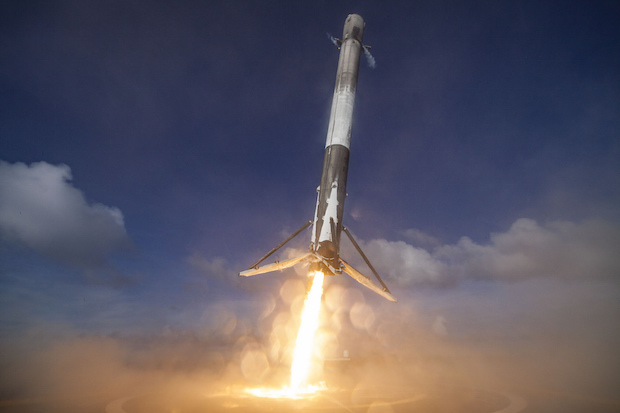
T+0:26:49: Second Ignition of Second Stage
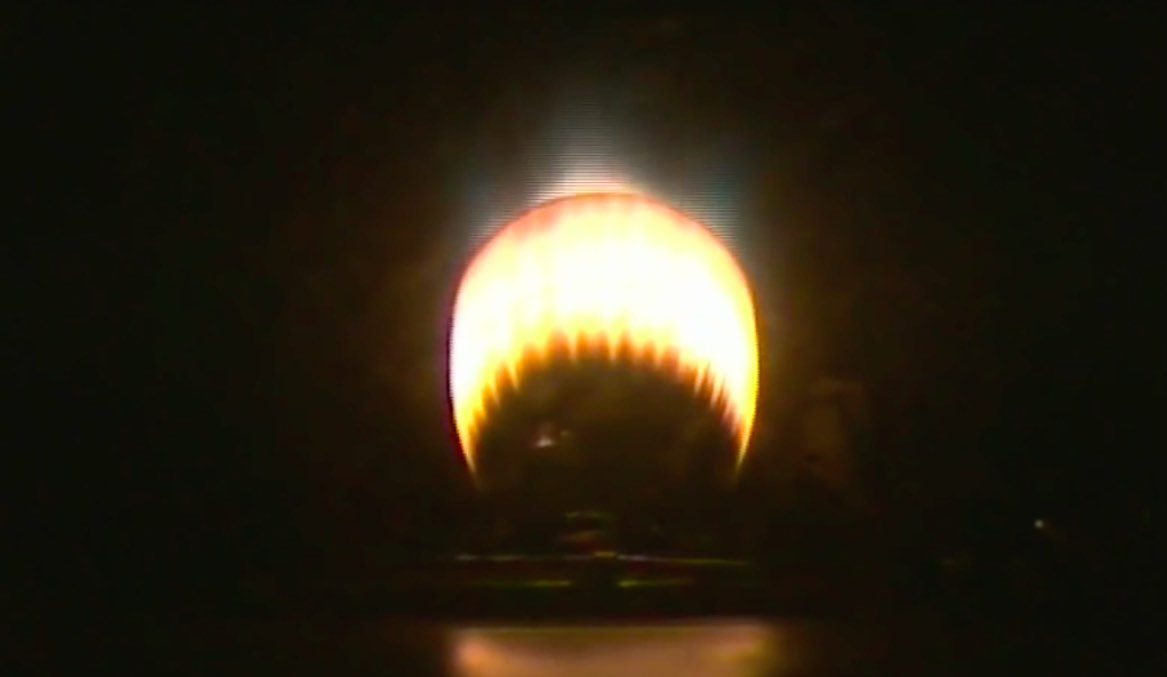
T+0:27:39: SECO 2
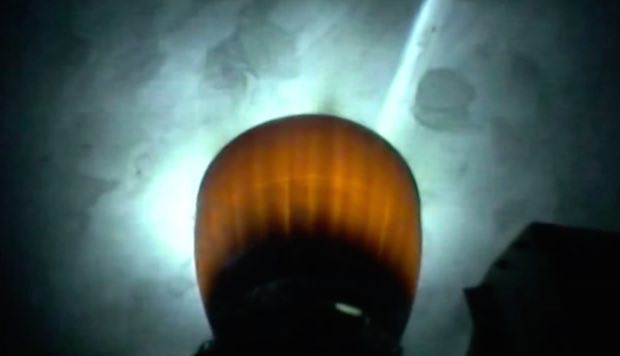
T+0:32:40: Telstar 19 VANTAGE Separation
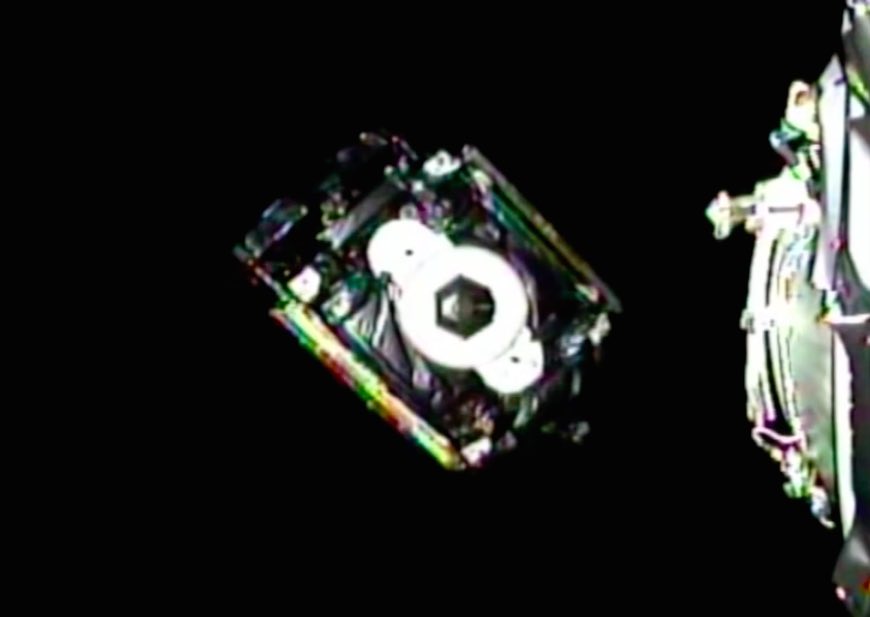
Email the author.
Follow Stephen Clark on Twitter: @StephenClark1.



